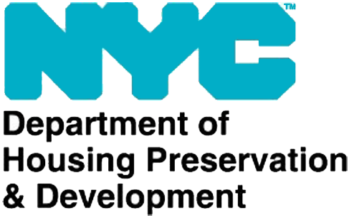
Image Credit: NYC HPD
City placed apartment building in program that forces owners to correct severe code violations. In February 2015, Trump Presidential Inc. purchased a three-story apartment building located in St. Albans, Queens. Trump filed a property registration form with New York City Department of Housing Preservation and Development. A few months later, HPD selected the property for participation in the Alternative Enforcement Program. The program identifies the most distressed dwellings in the City and requires the owners to correct deficiencies and bring the buildings to compliance with the New York City Housing Code. A failure to comply with the request may result in substantial fines.
Trump filed an article 78 petition to set aside the fines that had been imposed by HPD and to compel HPD to remove Trump’s property from the Alternative Enforcement Program. Trump contended that the violations predated its acquisition of title and that it was not on notice of violations in question.
The Supreme Court Justice Salvatore J. Modica granted Trump’s petition and directed HPD to remove Trump’s property from the Alternative Enforcement Program. The Appellate Division, Second Department reversed, upheld the fines and ordered that Trump’s property be returned to the Alternative Enforcement Program. The court rejected Trump’s defense that it lacked notice of violations. Some of the violations had occurred after Trump purchased the building, and others had been published on HPD’s list of open housing violations. The Court also ruled that Trump failed to exhaust all available administrative remedies with HPD before commencing the suit.
(CIT) Trump Presidential, Inc. v NYC Dept. of Hous. Preserv. & Dev., 96 N.Y.S.3d 248 (2nd Dep’t 2019).
By: Filip Cukovic (Filip is the CityLaw intern and a New York Law School student, Class of 2021.)

